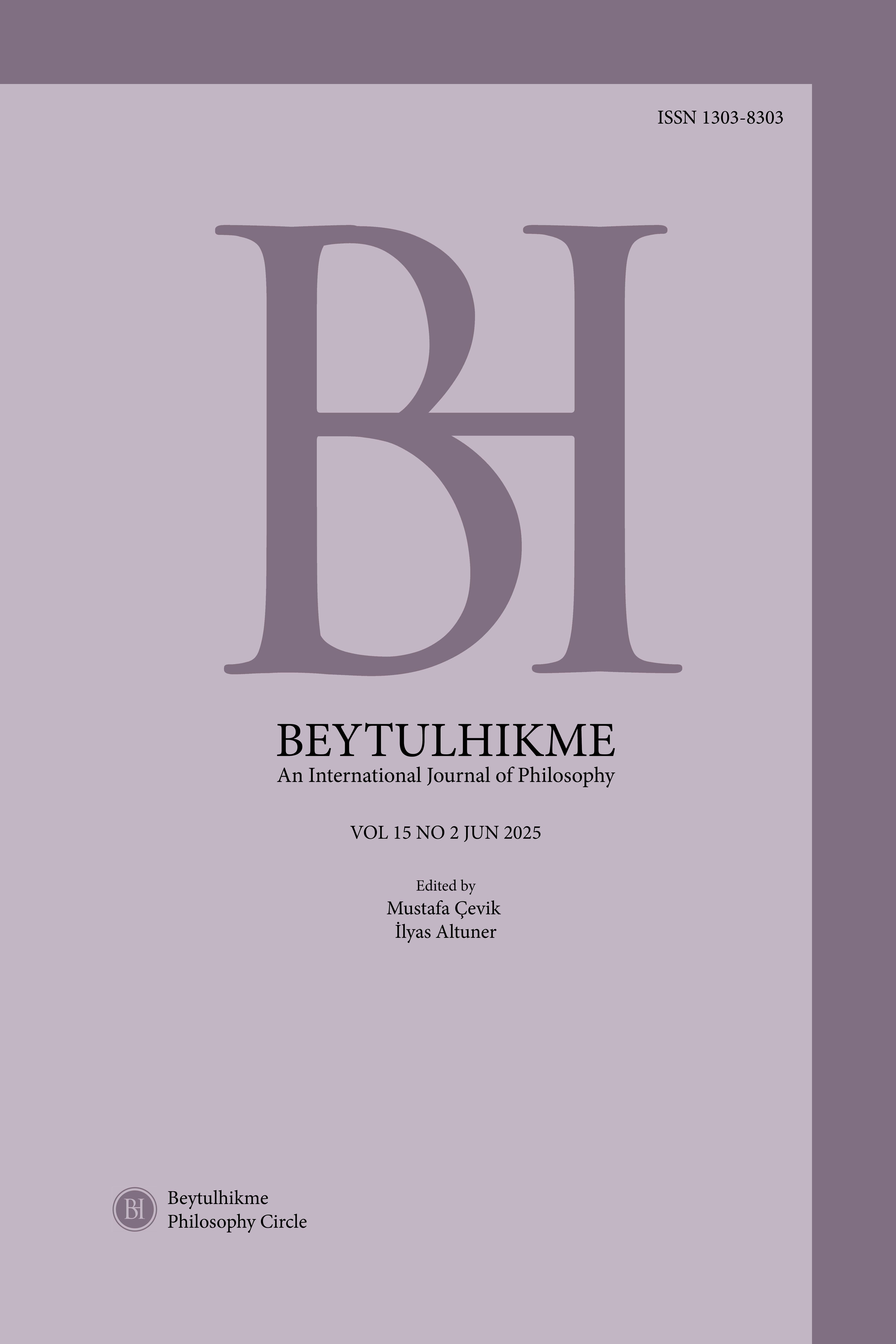Author :
Abstract
Byung-Chul Han, Şiddetin Topolojisi adlı eserinde şiddet kavramını, yaygın olarak anlaşılan biçiminin ötesine taşıyarak çok boyutlu bir yapıda ve derinlemesine analiz etmektedir. Han, çağdaş toplumların fiziksel şiddetin yanı sıra yapısal ve simgesel düzeyde de şiddet ürettiğini vurgulayarak şiddetin arkaik dönemdeki klasik biçimlerinden çağdaş dönemdeki yeni ve görünmeyen biçimlerine kadar geçirdiği evreleri ele almaktadır. Olumsuzluk şiddetinin bir temsili olan makrofiziksel şiddet parçalayıcı, dışa dönük ve açıktır, buna karşılık olumluluk şiddetinin bir temsili olan mikrofiziksel şiddet toparlayıcı, içe dönük ve örtüktür. Han’a göre günümüz toplumunun bunalımının sebebi her şeyin aynılaşmasıdır. Olumluluğu nedeniyle şiddet olarak algılanmayan bu aynılıklar, olumsuzluk şiddetinden daha tehlikelidir. Jean Baudrillard olumluluğun tehlikesi konusunda Han’la benzer görüşlere sahiptir. Bununla birlikte Han, Baudrillard’ı eleştirmekte ve onun olumluluk şiddetini anlamadığını iddia etmektedir. Han’ın aynılık terörü kavramı, George Ritzer’in tektipleşme temasına benzer. Her iki düşünür de çağdaş toplumun bireysel çeşitliliği ortadan kaldırarak, insanların tecrübelerini yoksullaştırmasını ve insan tecrübelerindeki tekdüzeliği eleştirmektedir.
Keywords
Abstract
In The Topology of Violence, Byung-Chul Han analyses the concept of violence, beyond its commonly understood form, in a multidimensional structure and in dept. Emphasising that contemporary societies produce violence at structural and symbolic levels as well as physical violence, Han discusses the phases of violence from its classical forms in the archaic period to its new and invisible forms in the contemporary period. Macrophysical violence, which is a representation of the violence of negativity, is disintegrative, extroverted and open, whereas microphysical violence, which is a representation of the violence of positivity, is collective, introverted and implicit. According to Han, the reason for the crisis of world society is the sameness of everything. These similarities, which are not perceived as violence because of their positivity, are more dangerous than the violence of negativity. Jean Baudrillard has similar views with Han on the danger of positivity. However, Han criticises Baudrillard and claims that he does not understand the violence of positivity. Han's concept of the terror of sameness is similiar to George Ritzer's theme of standardization. Both thinkers criticise the impoverishment of human experience and the uniformity of human experience in contemporary society by eliminating individual diversity.





